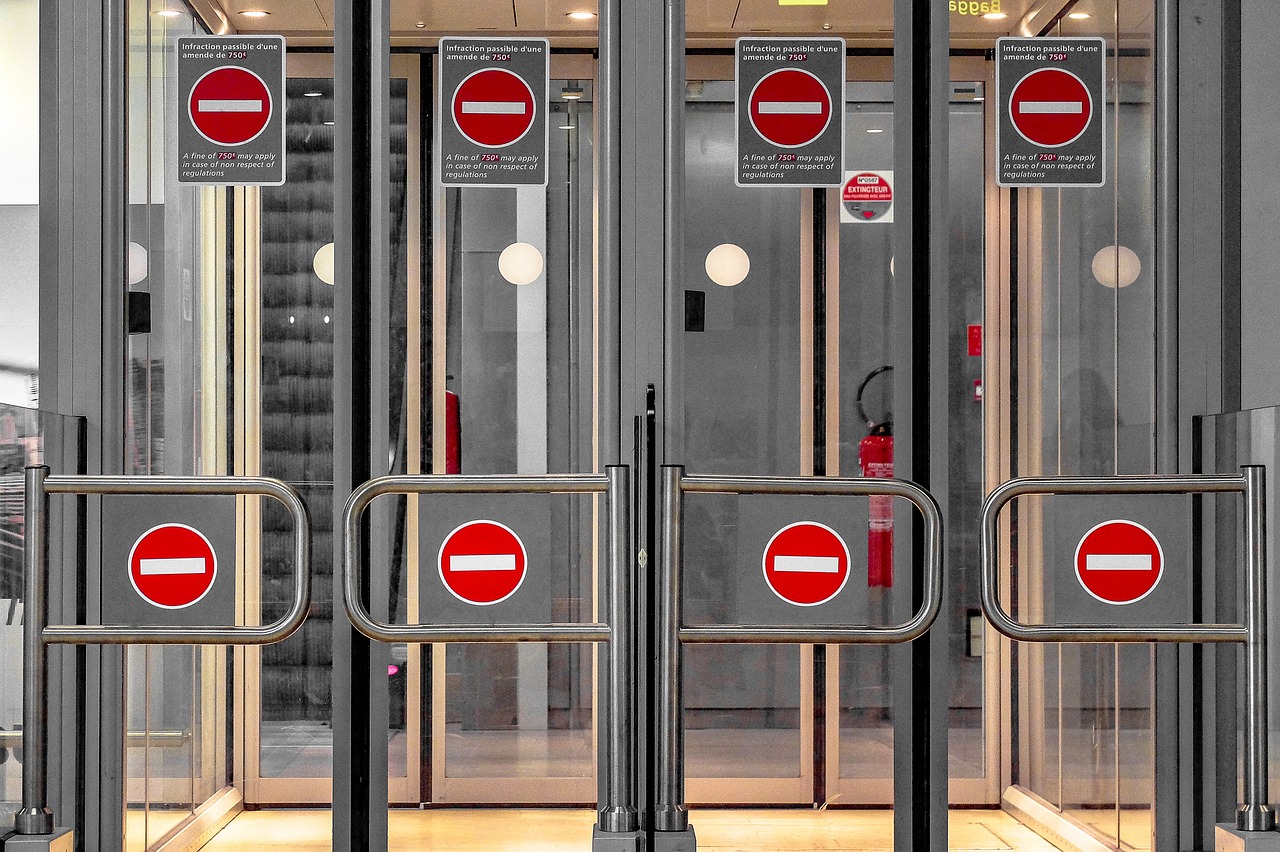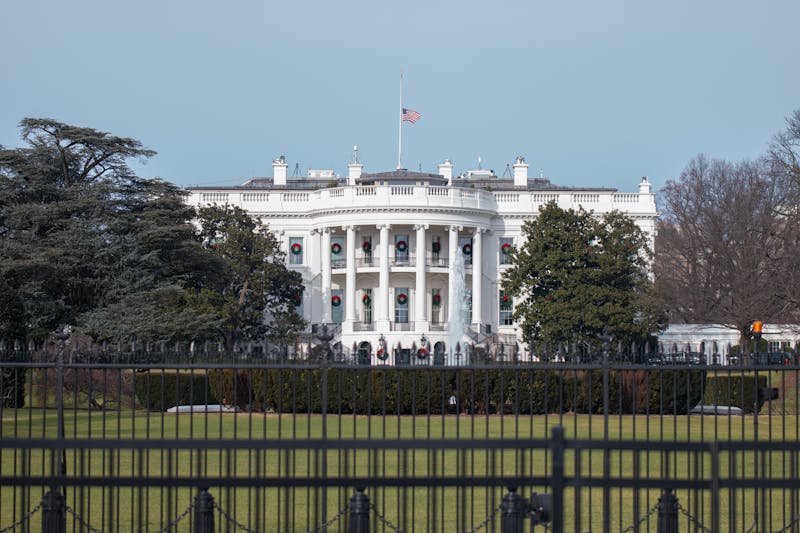The healthcare industry and the patients they serve often have a tense relationship. Healthcare professionals argue that the rise in healthcare costs is due to medicine becoming more expensive, while patients’ wallets cannot handle the hit. With healthcare costs increasing staggeringly, the yearly median household income increase cannot keep up with the rising care costs. The fear of costly medical bills has patients dodging daily calls from bill collectors or outright refusing to seek medical attention. Recognizing that many patients face unaffordable medical bills, California is taking noticeable steps to reign in seemingly uncontrollable healthcare costs.
When healthcare costs go up, patients typically see higher out-of-pocket costs in the form of premiums, deductibles, and copays. However, on April 24, California’s Health Care Affordability Board approved legislation that will limit the annual price increase of health insurance companies, hospitals, and doctors to 3% starting in 2029. This is The Golden State’s first cap on the healthcare industry’s spending increases, a move that brings hope and reassurance to patients, requiring doctors, hospitals, and health insurance companies to locate ways they can cut costs to prevent annual per capita spending from exceeding the target.
The 3% limit increase is likely to be implemented over five years, with California healthcare providers and insurers limited to 3.5% in 2025. While the Health Care Affordability Board said that this cap is not likely to be enforced until the end of the decade, doctors, hospitals, and health insurance companies are now aware that this cap is coming—and they need to start planning.
Chair of the Board Health and Human Secretary Dr. Mark Ghaly stated that state regulators recognized that state residents struggle daily to afford healthcare, and the state is taking more ownership in helping its residents. California’s proactive stance in addressing healthcare cost issues should make policymakers and stakeholders feel proud and motivated.
The proof of the tension is in the numbers. Californians’ Healthcare costs have increased about 5.4% each year for the past two decades, and California’s Democrats say that’s just too much. When most state residents see an income increase of just 3% each year for that same period, something needs to be done to help keep people healthy and out of debt.
To help ensure that doctors, hospitals, and health insurers follow this new legislation, these parties must document and submit spending data to the state, demonstrating they comply with the cap. The Office of Health Care Affordability, a new state agency, has been tasked with gathering the data and enforcing the rule, with providers facing fines should they not comply.
However, California healthcare providers and insurers argue this limit needs to be revised. With rising inflation and labor costs increasing the costs of practicing medicine, the 3% limit seems impossible. Hospitals and doctors say that much of what they charge is out of their hands because more than half of hospital expenses are salaries for their staff, a figure often out of their control because these figures are set through collective bargaining agreements with labor unions.
More than half of California’s hospitals are already losing money, and many rural facilities are facing potential closure, raising the question of whether or not the healthcare industry can afford to enforce this cap. Yet, it is inevitable that today’s Americans cannot keep up with these rising costs, and California is taking a noticeable step in making a change.











































































































































































